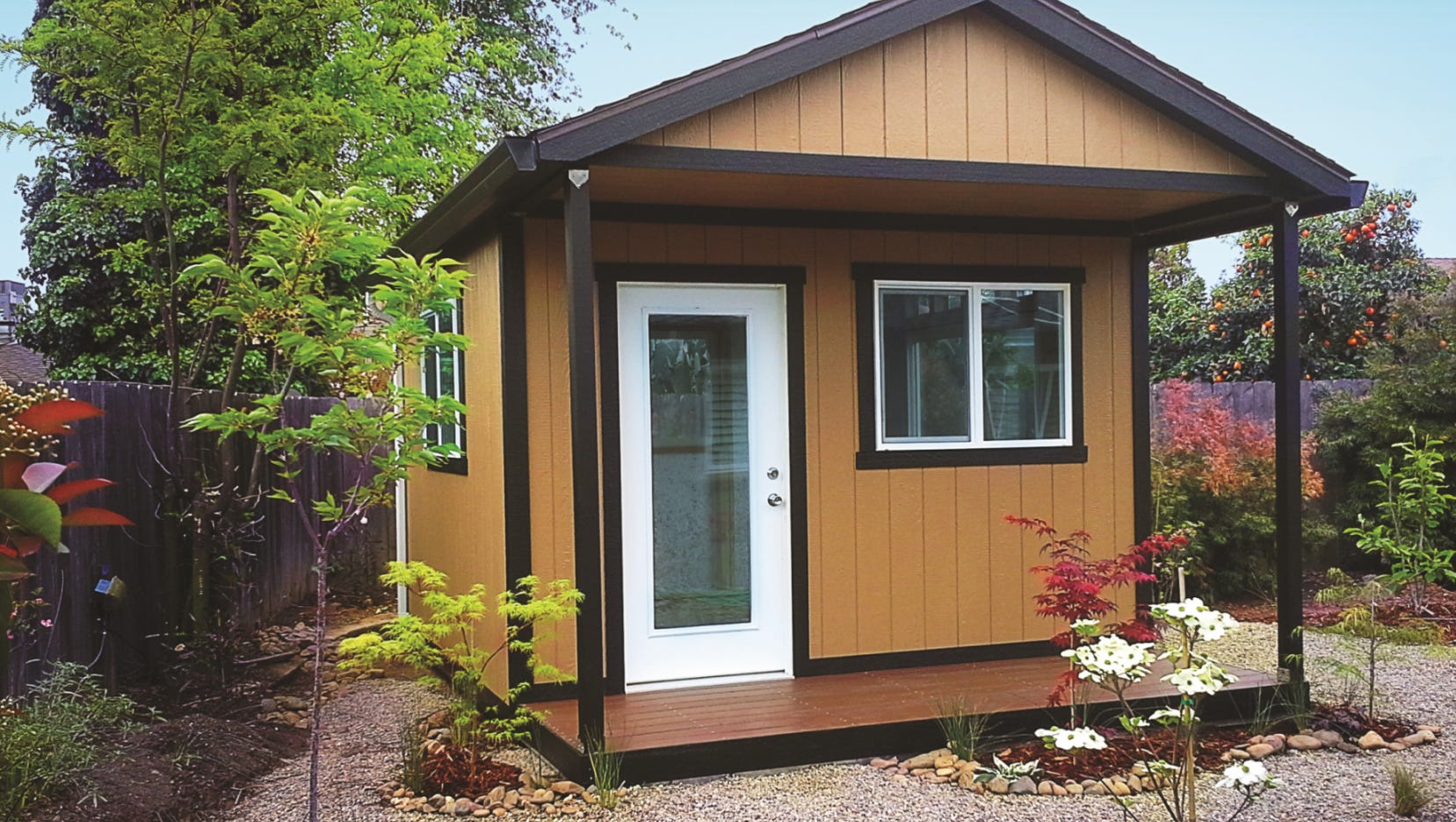Sunday, November 10, 2024
Cost-effective materials for your diy 8x10 shed build

Alright, so you're thinking about building your own 8x10 shed, huh? That's awesome! It's a great way to add extra storage space to your property, and you can save a ton of money by doing it yourself. But let's talk about the cost-effective materials you'll need. I'm not talking about cutting corners, just making smart choices.
Foundation First: Forget the fancy concrete slab - unless you're building a palace, it's overkill. We're going for practicality. A gravel foundation is a great option. It's super affordable, and you can DIY it in a weekend. Here's the deal:
1. Level the ground: This is crucial for a stable shed. You don't want it tilting like a drunken pirate ship. Use a level and some sand to get it perfect.
2. Lay down landscape fabric: This stops weeds from popping up through your gravel and ruining your hard work.
3. Add a layer of gravel: About 4-6 inches should do the trick. Make sure to compact it well for a solid base.
The Walls: This is where you have some options. You can go with traditional wood framing, or you can get creative with pre-made panels.
Traditional Wood Framing: This is classic and gives you a lot of flexibility. Here's the breakdown:
Pressure-treated lumber for the base: This is essential to resist rot and keep your shed standing strong.
Standard 2x4s for the framing: This is what makes up the walls. Don't worry about fancy woods - spruce or pine will do the job just fine.
Plywood or OSB for sheathing: This goes on top of the framing to create a solid surface for the siding. Plywood is a little more expensive, but it's more stable and less prone to warping.
Siding: You can get away with inexpensive vinyl siding for a classic look. If you want something more rustic, cedar siding is a beautiful option, but it's more expensive.
Pre-Made Panels: This is a real time-saver and can be cheaper than traditional framing, especially if you're buying in bulk.
Look for "shed panels" or "wall panels": They come in various sizes and materials. They are basically pre-assembled walls that you just bolt together.
Make sure they are insulated: This will make your shed more comfortable to use year-round.
The Roof: Another important decision, and again, there are choices to make.
Traditional Shingle Roof: This is a classic choice and provides excellent protection from the elements.
Consider using asphalt shingles: They are affordable and easy to install.
Don't skimp on the underlayment: This layer goes under the shingles and protects your roof from leaks.
Make sure to get a good quality roof felt for underlayment: It's a small investment that will save you headaches in the long run.
Metal Roof: This is a more modern option that's becoming increasingly popular.
Metal roofs are durable and low maintenance: They can last for decades.
They can be more expensive than shingles: But you can find some decent deals on steel roofing panels.
The Floor: Your shed floor needs to be sturdy and easy to clean.
Simple and affordable: Consider using plywood or OSB for the floor.
Pre-treated plywood is ideal for this: It's more resistant to moisture and rot.
Lay down a moisture barrier: This will help prevent moisture from coming up through the floor.
Don't forget the details: Think about these things when you're planning your shed.
Windows: They let in light and can help ventilate your shed. You can find affordable window kits at most home improvement stores.
Door: Get a sturdy door with a good lock. Don't skimp on this - you want your belongings to be safe and secure.
Paint or stain: This protects your shed and gives it a finished look. Use a good quality paint or stain that's designed for outdoor use.
Finding the best deals: Here are some ways to save money on your shed materials:
Shop around: Compare prices at different lumberyards and home improvement stores.
Look for sales and clearance items: You can often find great deals on materials that are slightly damaged or have been discontinued.
Consider buying in bulk: If you need a lot of one type of material, like plywood or framing lumber, you can often get a discount by buying in bulk.
Ask about delivery costs: Some retailers offer free delivery, which can save you a lot of money on transportation.
Think about recycling and repurposing: You might be surprised what you can find in your garage or at a local recycling center. Old pallets, doors, or even windows can be repurposed for your shed.
Last but not least: Remember to plan out your project carefully and read the instructions thoroughly before you start building. There are tons of online resources and tutorials to help you with every step of the process. And don't be afraid to ask for help from friends or family if you need it. Building a shed is a great way to save money and create something useful for your home. Enjoy the process!
No comments:
Post a Comment